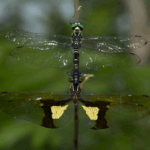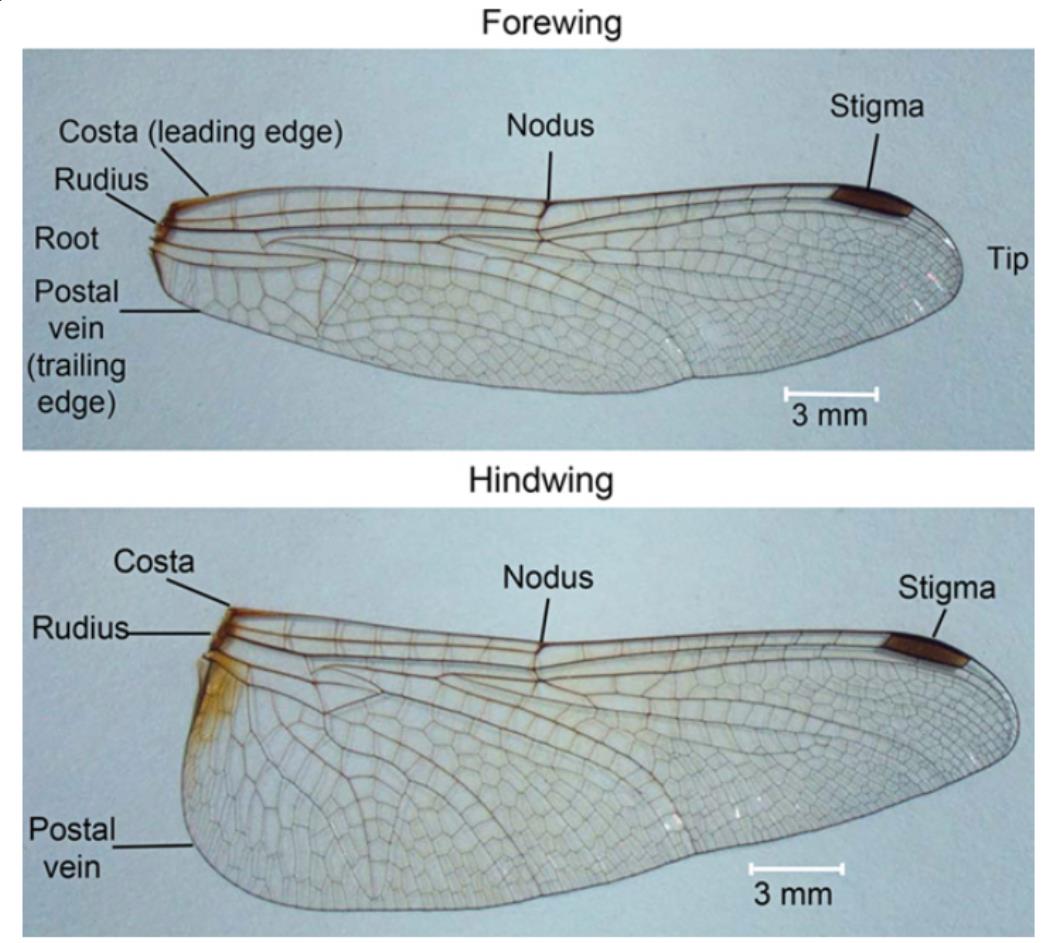
Dragonflies: Nature’s Aerial AcrobatsDragonflies are among the most fascinating insects in the natural world, captivating observers with their vibrant colors, incredible flying abilities, and unique behaviors. These ancient creatures have roamed the Earth for over 300 million years, evolving into efficient predators and masters of the air. Let’s explore some of the most intriguing habits of dragonflies that make them truly remarkable.
Dual Lives: From Water to Sky
One of the most fascinating aspects of dragonflies is their dual lifestyle. While we often associate these insects with their airborne adult form, dragonflies actually spend the majority of their lives underwater.
How do dragonflies manage to hover like helicopters
Dragonflies are remarkable flyers, capable of hovering much like helicopters due to their unique wing structure and flight mechanics. Here’s how they achieve this impressive feat:
Independent Wing Control
Unlike most flying insects, dragonflies have two pairs of wings that can move independently of each other. This allows them to:
- Move each wing separately in different directions
- Adjust wing shape and angle individually
- Stop one or two wings while others continue moving
This independent control gives dragonflies exceptional maneuverability, including the ability to hover in place.
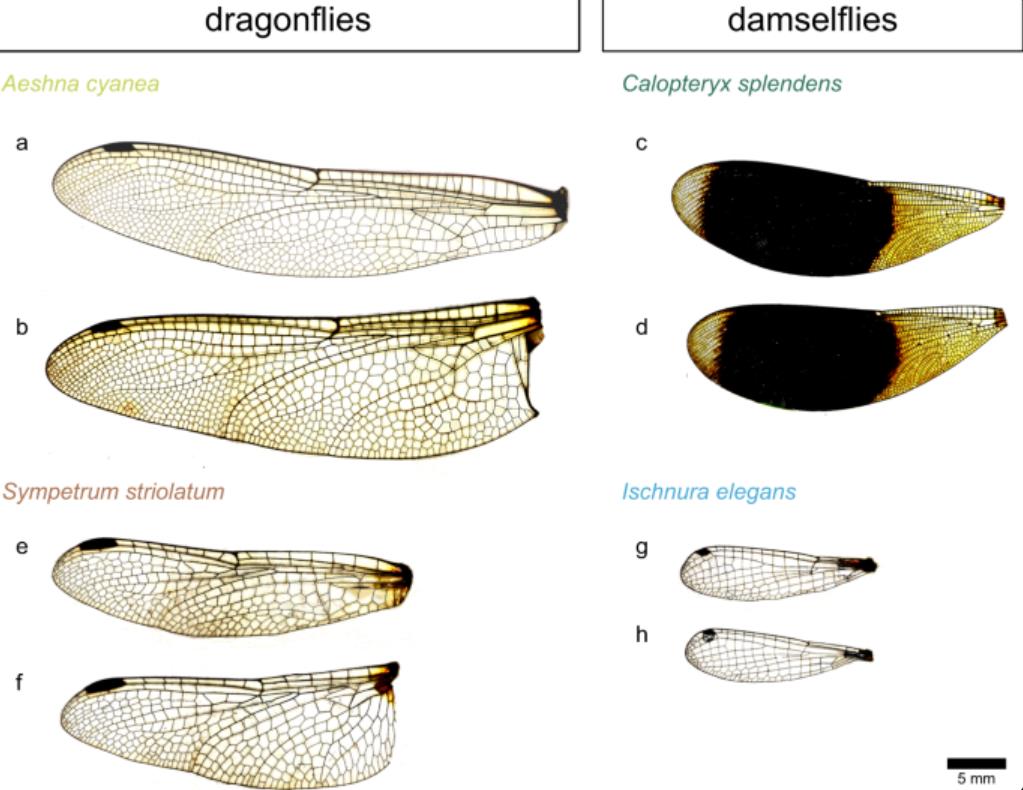
Wing Structure and Aerodynamics
Dragonfly wings have several structural features that contribute to their hovering ability:
- Corrugated wings: Dragonfly wings are not flat but have a corrugated structure, which increases stiffness and strength while remaining lightweight. This corrugation also creates complex airflow patterns that enhance lift.
- Pterostigma: Each wing has a “wing mark” or pterostigma at the leading edge, which acts as a weight to stabilize the wing during flight.
- Strong leading edge: A long vein (costa) along the leading edge of the wing allows dragonflies to cut through the air efficiently.
Hovering Mechanics
When hovering, dragonflies employ specific flight techniques:
- High angle of attack: They use large angles of attack to generate lift, sometimes exceeding what would typically cause stalling in aircraft.
- Tilted stroke plane: During hovering, dragonflies beat their wings in a plane tilted about 60° relative to the horizontal. This allows them to generate both lift and thrust simultaneously.
- Wing beat frequency: Dragonflies typically beat their wings at around 30-35 Hz during hovering.
- Phase difference: There’s often a phase difference between the forewing and hindwing movements, which can enhance lift generation.
Lift Generation
Dragonflies generate lift through a combination of mechanisms:
- Leading-edge vortex: Like many insects, dragonflies create a stable leading-edge vortex that enhances lift.
- Wing-wing interactions: The interaction between the forewing and hindwing can create additional lift through various aerodynamic effects.
- Unsteady aerodynamics: The complex movements and interactions of the wings create unsteady airflows that contribute to lift generation.
By combining these structural features and flight techniques, dragonflies can achieve impressive hovering capabilities, rivaling those of helicopters in terms of stability and control. This ability allows them to be highly effective predators, capable of making quick, precise movements to catch prey in mid-air.
Aquatic BeginningsDragonfly eggs are typically laid in or near water. Once hatched, the larvae, known as nymphs or naiads, live entirely underwater. This aquatic stage can last anywhere from a few months to several years, depending on the species. During this time, dragonfly nymphs are voracious predators, feeding on a variety of aquatic creatures including mosquito larvae, tadpoles, and even small fish.Underwater Jet PropulsionDragonfly nymphs have a unique method of locomotion underwater. They can propel themselves forward by forcefully expelling water from their rectum, creating a jet-like effect. This not only helps them move quickly but also serves as an escape mechanism from predators.MetamorphosisWhen ready to transform into adults, dragonfly nymphs crawl out of the water onto nearby vegetation. Their exoskeleton then splits open, releasing the adult dragonfly. Over the next several hours, the dragonfly’s wings expand and harden, preparing it for its new life in the air.
Masters of Flight
Adult dragonflies are renowned for their exceptional flying abilities, which set them apart from many other insects.Unparalleled ManeuverabilityDragonflies can fly in any direction, including backwards and sideways. They can hover like helicopters, change direction in an instant, and even mate mid-air. This incredible maneuverability is due to their unique wing structure – they can move each of their four wings independently, allowing for precise control.Speed DemonsSome dragonfly species are incredibly fast flyers. Large species can reach speeds of up to 34 mph (54 km/h), making them one of the fastest flying insects in the world.Efficient HuntersTheir flying prowess makes dragonflies extremely effective predators. Studies have shown that dragonflies can catch up to 95% of the prey they pursue, a success rate far higher than many larger predators like lions or sharks.
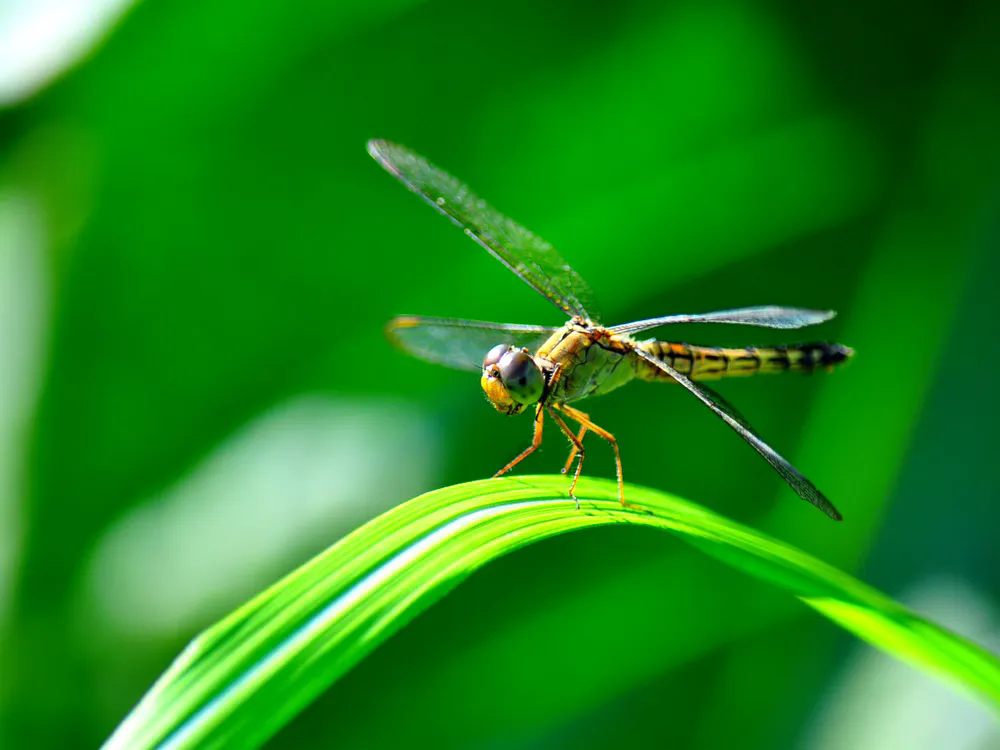
Predatory Prowess
Both in their larval and adult stages, dragonflies are formidable predators.Aquatic HuntersAs nymphs, dragonflies use different hunting strategies depending on their species. Some, like darners, actively stalk their prey among aquatic plants. Others, such as emeralds and skimmers, are “sprawlers” that blend into the bottom of water bodies, waiting to ambush passing prey.Aerial PredatorsAdult dragonflies are skilled aerial hunters. They use their excellent vision to spot flying insects, then pursue and capture them with their legs, which form a basket-like structure. Remarkably, dragonflies can catch and eat their prey while still in flight.Voracious AppetitesDragonflies have hearty appetites to fuel their active lifestyles. Some species can consume up to 100 mosquitoes per day, making them valuable for natural pest control.
Visual Marvels
Dragonflies possess extraordinary visual capabilities that contribute to their hunting success and overall survival.Compound EyesA dragonfly’s head is dominated by two enormous compound eyes, each containing up to 30,000 individual lenses called ommatidia. These eyes provide dragonflies with nearly 360-degree vision, allowing them to detect movement from almost any direction.Ultraviolet VisionIn addition to their expansive field of view, dragonflies can see ultraviolet light. This ability helps them better locate their prey and potentially aids in mate selection.
Temperature Regulation
Despite being cold-blooded, dragonflies have developed interesting strategies to regulate their body temperature.Basking and Wing-WhirringLike many insects, dragonflies bask in the sun to warm up. However, they also have a unique method called “wing-whirring,” where they vibrate their wings rapidly to generate heat.The Obelisk PoseTo avoid overheating, some dragonfly species adopt a peculiar posture known as the “obelisk pose.” In this position, the dragonfly points its abdomen directly at the sun, minimizing the surface area exposed to solar radiation.
Migration and Swarming
While not as well-known as butterfly migrations, some dragonfly species undertake impressive migratory journeys.Long-Distance TravelersThe globe skimmer dragonfly (Pantala flavescens) holds the record for the longest insect migration, traveling up to 11,000 miles across the Indian Ocean.Mysterious SwarmsDragonflies sometimes gather in large swarms, either for feeding or migration. These swarms can be so massive that they occasionally appear on weather radar. However, the exact reasons and mechanisms behind this behavior are still not fully understood.
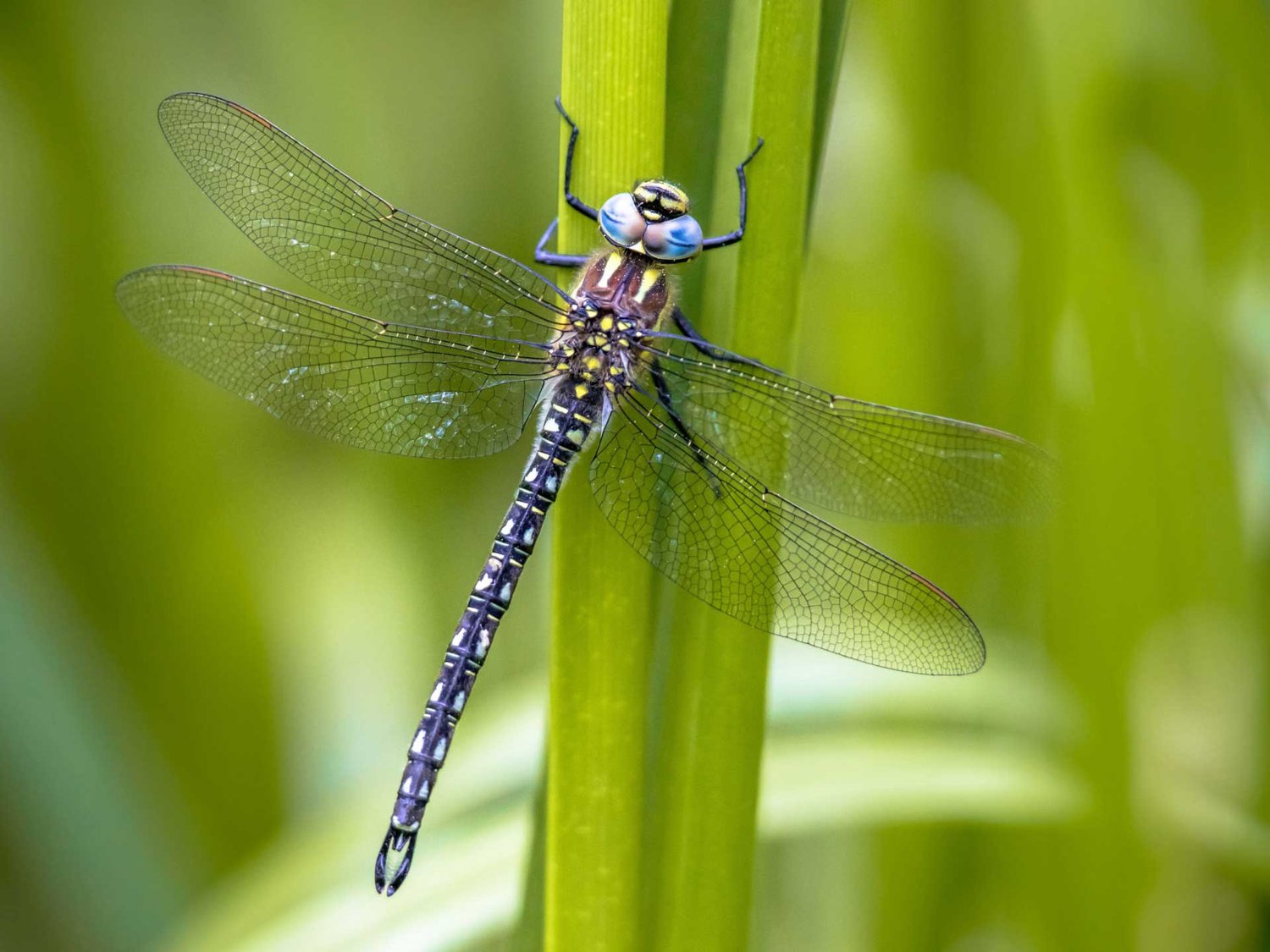
Mating Rituals
Dragonfly mating behaviors are as fascinating as their other habits.The Mating WheelDuring mating, dragonflies form a unique “heart” or “wheel” shape. The male grasps the female behind her head with claspers at the end of his abdomen, and the female curves her abdomen to connect with the male’s reproductive organs.Territorial MalesMale dragonflies often defend territories around water bodies, chasing away rival males and attempting to mate with females that enter their domain.Egg-Laying StrategiesFemale dragonflies have developed various methods for laying eggs. Some species insert their eggs into aquatic plant tissue, while others drop them directly into the water. Some even lay eggs on moist moss or lichens near water, relying on rainfall to wash the eggs into the aquatic environment.
From their dual aquatic-aerial lifecycle to their unparalleled flying abilities and unique behaviors, dragonflies continue to captivate both casual observers and scientists alike. These ancient insects have not only survived for millions of years but have evolved into some of nature’s most efficient predators and skilled flyers. As we continue to study and appreciate these remarkable creatures, we gain not only a deeper understanding of the natural world but also inspiration for technological innovations in fields ranging from aerodynamics to robotics. The next time you spot a dragonfly zipping by, take a moment to appreciate the millions of years of evolution and the complex behaviors packed into this small but mighty insect.


